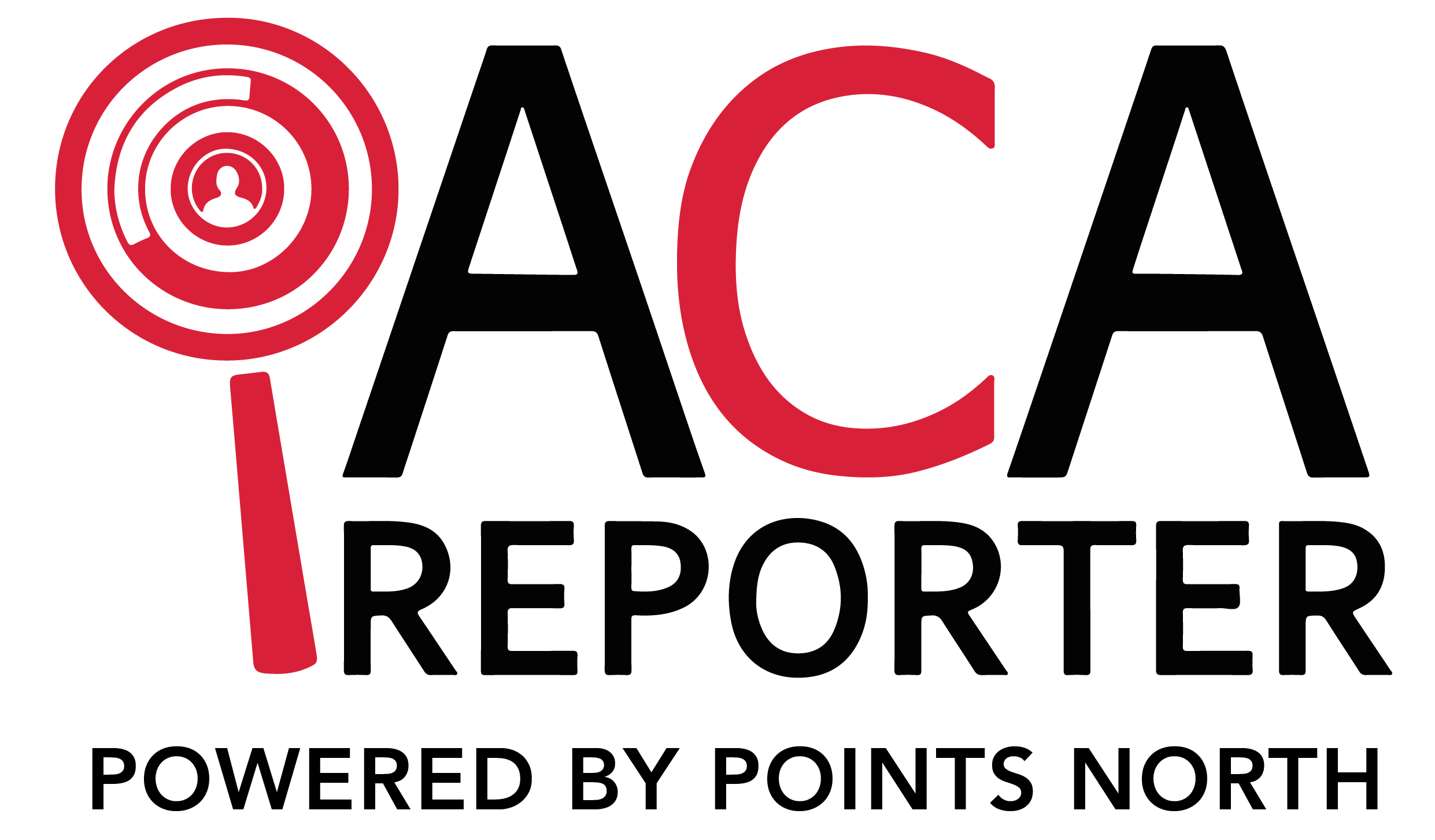The health care coverage rate in the US reached an all-time high in early 2022. More than 35 million people now have coverage under the Affordable Care Act (ACA).
Every year, the Department of Health and Human Services (HHS) and the Centers for Medicare and Medicaid Services (CMS) update the ACA benefit and payment rules. HHS and CMS released the 2023 Notice of Benefit and Payment Parameters in late April 2022.
HHS intends for the changes to strengthen the coverage that qualified health plans on the federal Marketplace offer. The new rules should help consumers find coverage that matches their circumstances more easily. Some of the new benefit and payment parameters affect applicable employers.
If your company needs to comply with the ACA, you need to know what to expect in 2023. Learn more here about the 2023 Notice of Benefit and Payment Parameters and how it may affect you.
Higher Premium Adjustment Percentage
One component of the 2023 Notice of Benefit and Payment Parameters that directly affects employers is the premium adjustment percentage.
The premium adjustment percentage determines the out-of-pocket maximums for health plans. It also affects:
- Required contribution percentage to determine eligibility for some exemptions
- Amount of employer shared responsibility penalties
The Premium Adjusted Percentage for 2023 will be 1.44%.
Increased Out-of-Pocket Maximums
The out-of-pocket maximum is the highest amount an employer with a sponsored group health plan can impose on enrollees. The new maximums for 2023 will be:
- $9,100 for individual coverage
- $18,200 for family coverage
This is an increase of 4.6%.
Employer Mandate Penalties
The employer mandate penalty typically follows the out-of-pocket maximum. The IRS hasn't yet confirmed the penalty amount for 2023. However, the penalty will likely have a 4.6% increase like the out-of-pocket maximum.
This would make the penalty amount $2,880 or $4,320. The lower penalty applies to applicable employers who don't offer minimum essential coverage to at least 95% of full-time employees.
The higher penalty applies to employers who:
- Offer minimum essential coverage that isn't affordable, or
- Offer minimum essential coverage that doesn't provide minimum value
The penalty only applies if at least one full-time employee receives the premium tax credit for buying coverage through the Health Insurance Marketplace.
Lower Health Plan Affordability Threshold
Related to the out-of-pocket maximum and employer penalty amounts is the health plan affordability threshold. The affordability threshold determines whether the health plan with the lowest premium you offer meets the criteria of affordability.
The IRS announced that the affordability threshold for 2023 will be lower than for 2022. The new limit will be 9.12% of an employee's household income. The 2022 limit was 9.61%.
Narrower de Minimis Ranges
Most small group market plans must meet actuarial value criteria. Actuarial value is the percentage of healthcare costs the plan pays. The basic value levels are:
- 60% for bronze plans
- 70% for silver plans
- 80% for gold plans
- 90% for platinum plans
Designing a plan with an exact actuarial value is difficult. For this reason, the ACA allows a de minimis range.
The 2023 Notice of Benefit and Payment Parameters sets the de minimis ranges at +2/-2 percentage points. Expanded bronze plans that cover and pay for at least one major service will have a de minimis range of +5/-2. As an example, an expanded bronze plan could have an actuarial value between 58% and 65%.
Updating the ranges will likely result in some plans needing to increase the amount of their coverage.
More Standardized Plan Options
Issuers in the federally facilitated marketplace (FFM) and state-based marketplaces on the federal platform must offer standardized plan options starting in 2023. The standardized plans must be available at every product network type, every metal level, and throughout every service area.
The standardized options will receive differential display on the Health Insurance Marketplace website. HHS believes that differential display will:
- Streamline plan selection for consumers
- Help consumers distinguish standardized plans from non-standardized plans
- Improve consumer understanding of the benefits of standardized plans
Issuers active in states that already require standardized plan options can continue under the state rules.
Network Adequacy Requirements
Network adequacy helps ensure that patients have access to:
- The right provider
- At the right time
- In a reasonable location
Health plans on the FFM must have certain types of providers available within a specified time and distance. For example, a provider network must have a primary care provider within ten minutes and five miles for enrollees in a large metro county.
CMS will conduct reviews in all states with an FFM unless the state's own review process is at least as tough as the federal one.
Nondiscrimination Policy for Health Plan Design
CMS has clarified its nondiscrimination policy. The revised policy specifies that benefit limits and plan coverage requirements must be based on clinical evidence. This is meant to combat plan designs that are presumptively discriminatory.
Discrimination on the basis of sexual orientation or gender identity is particular concerning for HHS. However, the agency is in the process of addressing discrimination in health coverage based on sex under section 1557 of the ACA. HHS will address these issues in a future payment notice to ensure they're consistent with the section 1557 rules.
New Risk Adjustment Model Specifications
CMS adopted two changes for risk adjustment models. These changes improve risk prediction for the lowest and highest risk enrollees.
CMS updated the model in three main ways:
- Removed the severity illness indicators from adult models
- Add interacted hierarchical condition category (diagnosis) count factors from adult and child models
- Remove enrollment duration factors from adult models
An enrollment duration factor based on hierarchical condition categories will replace the previous duration factor in calculating risk.
Using the 2023 Notice of Benefit and Payment Parameters
The 2023 Notice of Benefit and Payment Parameters from HHS and CMS contains several changes that will affect applicable employers.
These changes will impact plan premiums and out-of-pocket maximums. They will also affect the penalty amounts employers who don't comply with the regulations must pay.
ACA compliance doesn't have to be complicated. ACA Reporter from Points North is an intuitive, all-in-one ACA reporting solution. Our software has all the updated regulations for IRS and state filing and tracking rules built in.
With ACA Reporter, you can make informed decisions on coverage based on a comprehensive analysis of your company. You can monitor compliance and take action when necessary.
Contact Points North today to schedule a free demo. Let us show you how the right ACA solution can help you stay up-to-date and compliant more easily.





